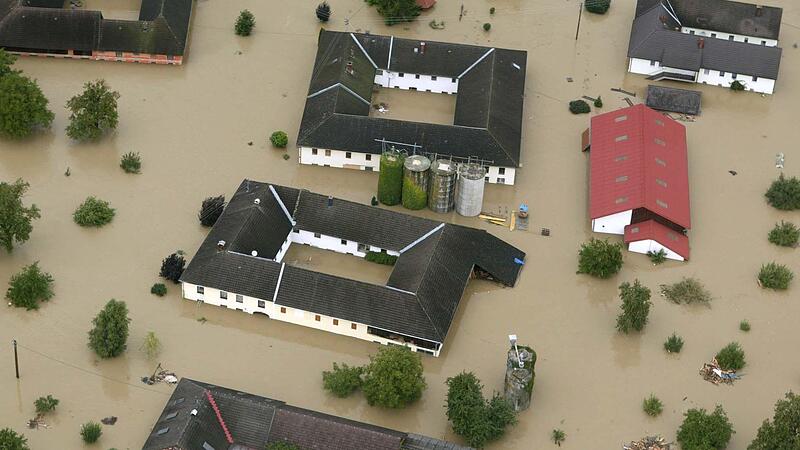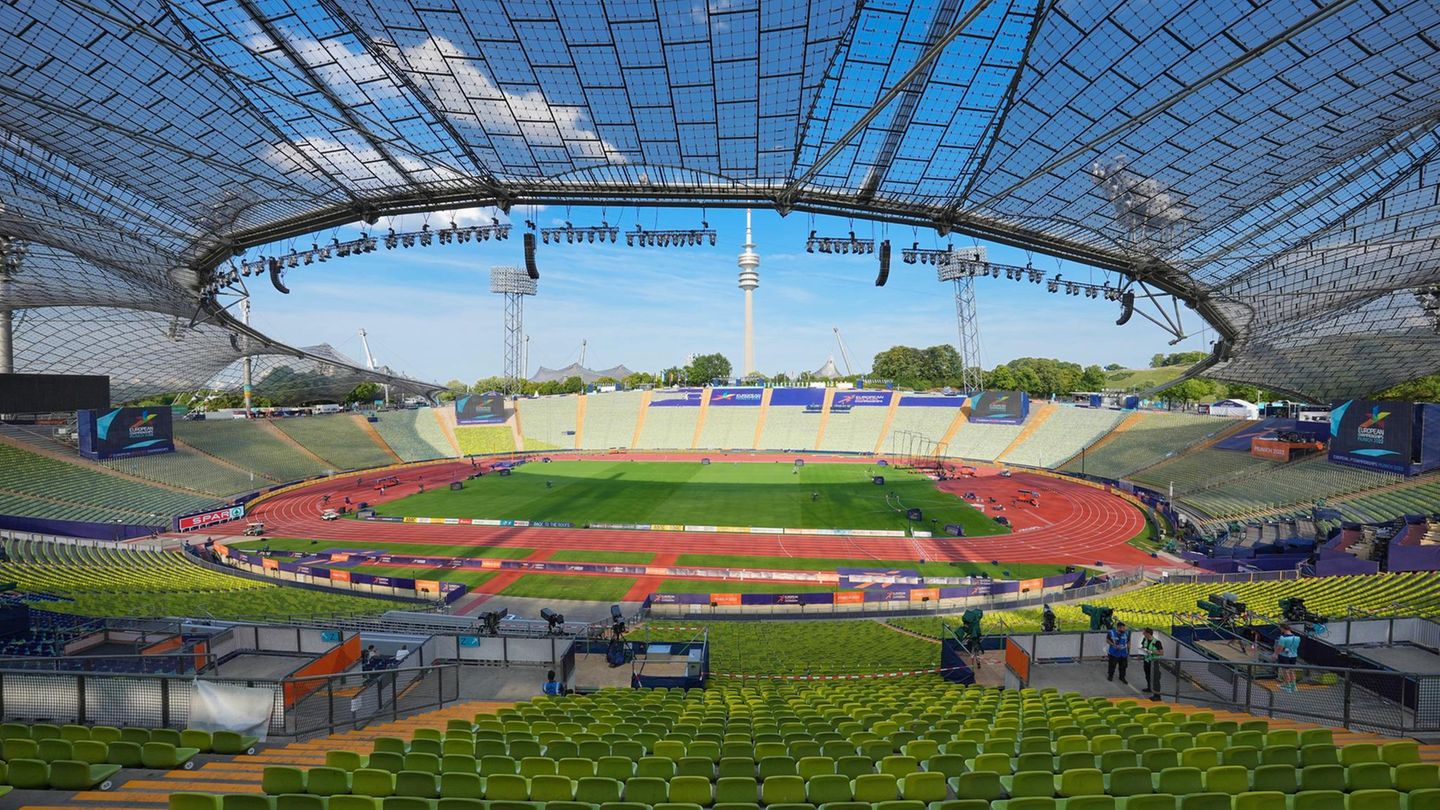As the editorial photographer of OÖ Nachrichten, Waldemar Wassermann was used to seeing catastrophes. Galtür, Kaprun, devastating storms, major fires and floods – Wassermann captured them all on his camera. But the picture of destruction that he saw on his trips during the flood of the century in 2002 in Upper Austria “exceeded all my previous experiences and expectations. I am shocked by the extent of the damage,” he wrote in a report on August 12 before 20 years. It was the peak of the flood disaster.
Large parts of the country were under water. Hundreds of people in Upper Austria had become homeless within a few days. The country braced itself against the catastrophe with united forces. Soldiers, firefighters and volunteers, some with their bare hands, cleared away vast amounts of mud, debris and driftwood. The catastrophe, which was to cause damage of around three billion euros in Upper Austria alone, had started slowly.
Josef Haslhofer, meteorologist at ZAMG, divides the heavy rain events that led to the flood into three phases. From July 31st to August 1st, the measured amounts of precipitation offered a first foretaste of what was to come. At the measuring point in Oberkappl in the Rohrbach district, 84 liters per square meter were measured, in Windhaag near Freistadt it was 78 liters. For comparison: In the climate mean from 1971 to the year 2000, which is used as a benchmark for the flood catastrophe of 2002, it rained 86 liters per square meter in Freistadt in an average August; in Linz, for example, it was 87 liters. So it rained almost a whole month already at the beginning of August.
The second rainy phase followed a week later, on August 6th and 7th, 2002, during which extremely moist air masses from the Mediterranean region made it to the north of the Alps. The Mühlviertel was again badly affected. “Our measuring point in Freistadt had 242 liters of rain on these two days alone,” says Haslhofer.
On August 7, the extent of the catastrophe had slowly become clear. The first bodies of water burst their banks, particularly in Upper Austria, Lower Austria and Salzburg. The lower Mühlviertel, northern Machland and the Krems and Kamp valleys were particularly affected.
Left
Sword Mountain flooded
In the district of Perg, Schwertberg with its 5,000 inhabitants was surrounded by water. It was on the night of August 7th to 8th that the community was flooded and was up to four feet under water. The otherwise tranquil Aist had grown into a raging, foaming torrent, sweeping away cars, fences, and even walls. The flood took people by surprise. “I was still on the sports field shortly before that. On the way home, the water was up to my stomach,” a resident told the OÖ Nachrichten at the time. Dozens of Schwertbergers were trapped on the upper floors of their homes. Many of them had to be rescued by boat or helicopter. On August 9, the water had largely receded in many places. The clean-up work started and nurtured the hope that it would all be over soon. Nobody knew that day that things would get worse.
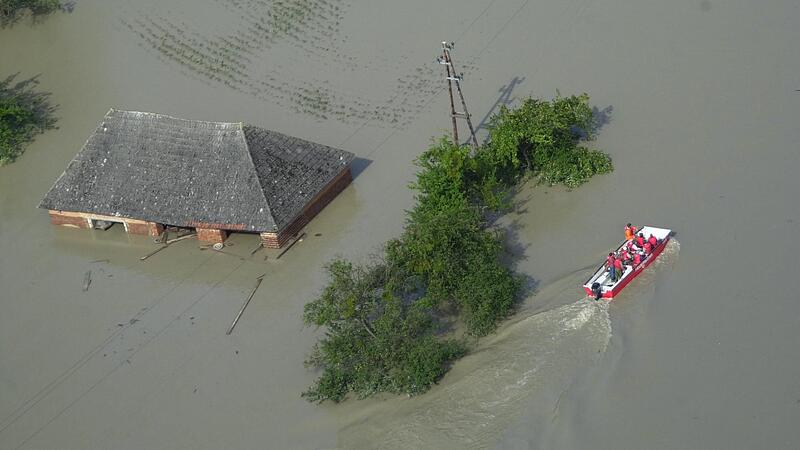

On August 11th and 12th, the third major rain phase began: Most of the precipitation on these two days was measured in Laussa in the Steyr-Land district: 228 liters per square meter. In the area of the Bodinggraben near Molln it was almost 200 liters. The Danube in Linz reached a water level of up to 8.20 meters. For comparison: Yesterday the hydrographic service showed a level of 3.48 meters. The effects of the recent heavy rain were fatal in the hours and days that followed.
Seven people lost their lives in Austria as a result of the flooding. There were also fatalities in Upper Austria. In Hartkirchen (Eferding district), a firefighter drowned in his private car in a flooded field. In Kirchheim im Innkreis, a farmer was crushed by a landslide while trying to drain water from a barn.
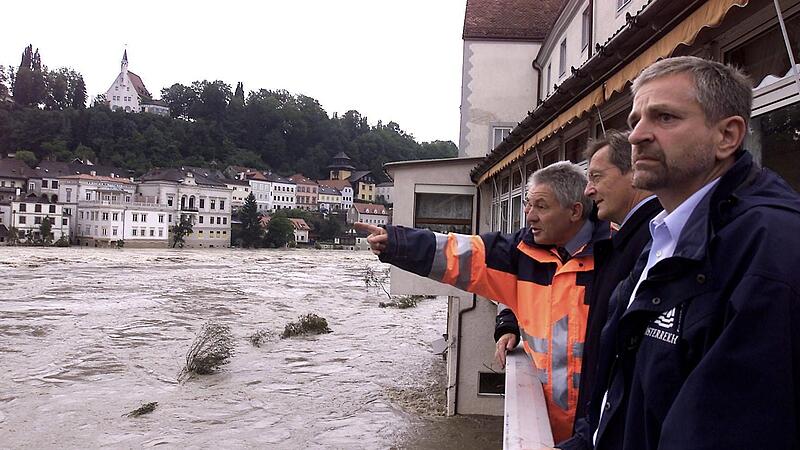

Life saver on the highway
Only the heroism of some compatriots prevented more deaths to mourn. In the night of August 13, the dams on the Krems broke. Within a few minutes, the west autobahn near Ansfelden was under a meter of water. At the risk of his own life, then police major Johannes Prager saved several people from the flood.
In Grieskirchen, the emergency services lost the race against the rising tides. On the morning of August 12, the emergency services tried to raise the Trattnachdamm with thousands of sandbags. Despite all efforts, the water finally sloshed over the crest of the dam and flooded the center of the district capital.
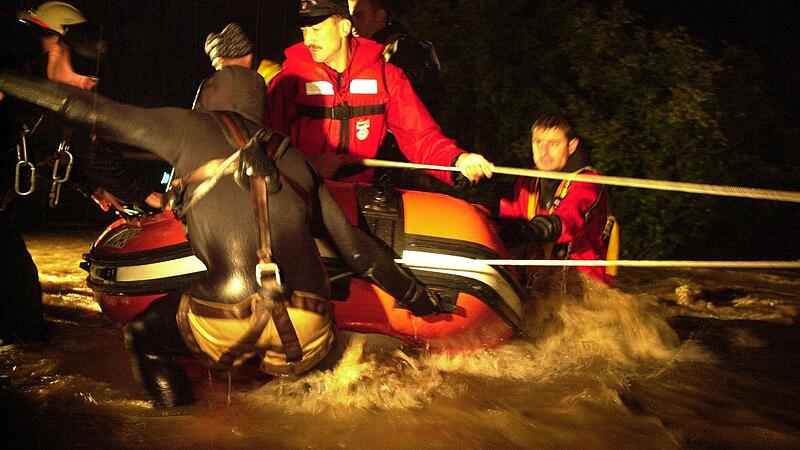

Dozens of houses also had to be evacuated in Alkoven and Pupping. Its residents, like many other rescued people, were housed in hastily set up emergency quarters in schools and gyms. Many of them had lost everything they owned in the floods.
It took weeks for at least the most serious damage to be repaired. However, the long-term consequences of the catastrophe could be felt for years. After the flood, hundreds of millions of euros were spent on expanding flood protection. An investment that should pay off a few years later. At the beginning of June 2013, large parts of the country were under water again. The water levels on many rivers reached a level similar to that of the 2002 flood. Thanks to the new protective structures, however, the damage was significantly less.
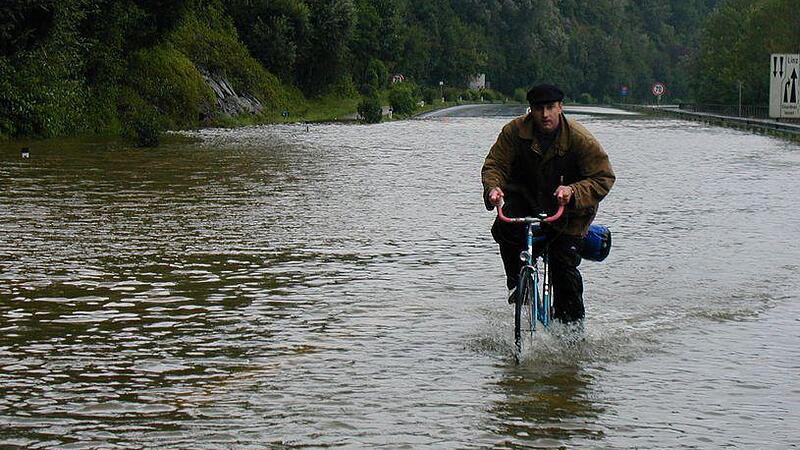

View picture gallery
Upper Austrians remember
“In 2002 I experienced how helpless one is against the forces of nature. But also how impressively the fire brigade works.” Klaus Luger, Mayor of Linz
“Today we can laugh about a lot again, but for half a year we were all traumatized in the settlement.” Gerhard Schmid, architect in Steyr
“When we finished the work in the area around the Salzach, we drove to the Perg district every day to help there.” Alois Wengler, firefighter from Überackern (Braunau)
“Back then we invited 50 families affected by the flood to the Salzkammergut. There were touching encounters.” Johann Panhuber, from Bad Ischl, at that time a tourism expert
“After the dam on the banks of the Traun broke, we had to ask many people to leave their homes. They have been placed in the elementary school.” Erwin Zeppetzauer, then Vice Mayor in Ebensee
“There were floods in Waizenkirchen and Grieskirchen, and as a result flood storage tanks were built.” Josef Öberseder, head of operations at BH Grieskirchen
“It happened very quickly and the water was there. We even had fish and frogs in the offices.” Karl Mayr, Managing Director of Fussl Mode, Ort/Innkreis
“How people stuck together after this catastrophe, this solidarity was amazing.” Kurt Apfelthaler, organ builder in Steyr
“I flew over the city in a helicopter with Federal President Klestil, the water flowed right into the center.” Wolfgang Großruck, former mayor of Grieskirchen
“There were pigs that could not be saved. I will never forget the screams of the animals in their fear of death.” Barbara Marksteiner, from Haid near Mauthausen
“I was on vacation in Norway when a fellow firefighter called me to ask if they should clean up my house.” Josef Lindner, fireman from Naarn in Machland
- What memories do you have of the flood that caused enormous damage 20 years ago? Send us your pictures! Send us your photos and memories to online@nachrichten.at! We publish your photos in a picture gallery.
Source: Nachrichten

